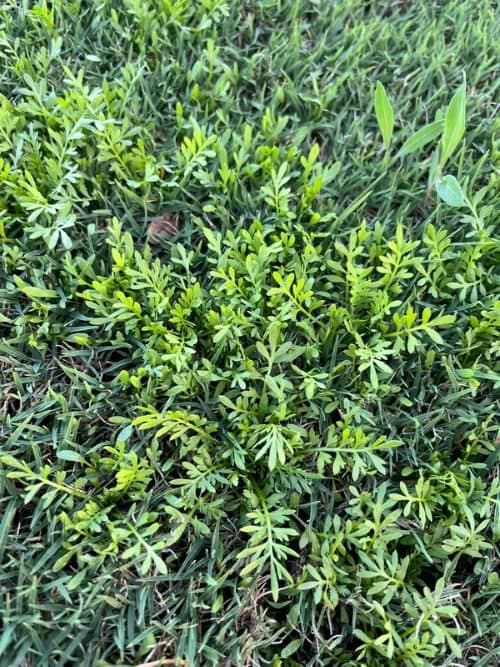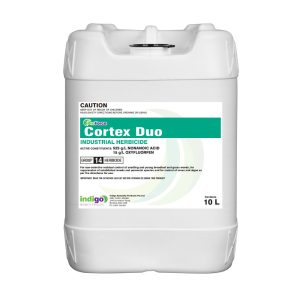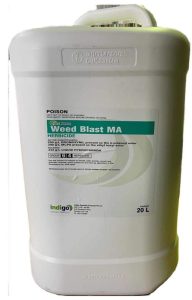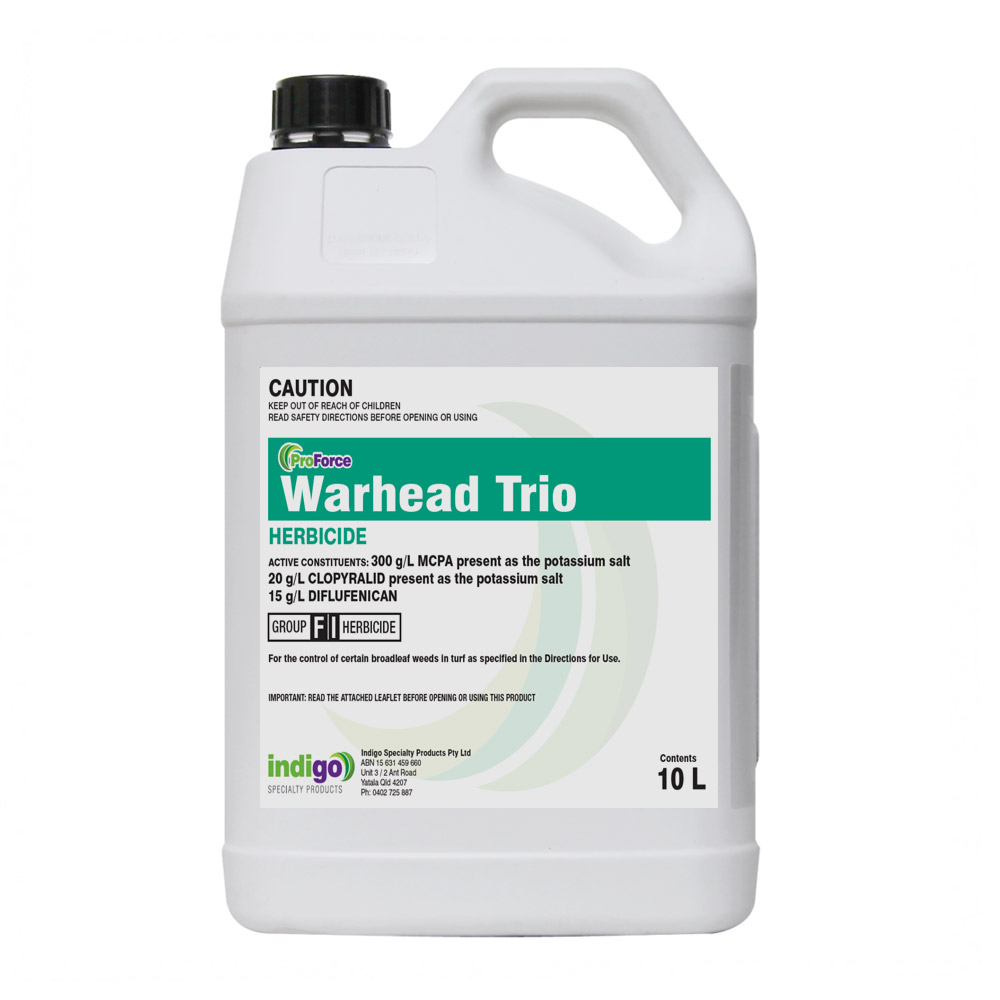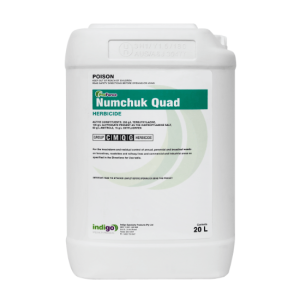Lesser Swinecress (Lepidium didymum)
Lesser Swinecress is known as Hogweed or Annual Ragweed is a foul smelling, lobed leafed, spreading or semi-erect annual to perennial plant. It is a member of the Brassica family and so is related to cabbage, kale, and broccoli.
The main germination occurs in the Autumn with some in the Spring. It grows rapidly over the Autumn and Spring.
The young Lesser Swinecress plant forms a rosette that can be up to 200 mm in diameter. As it matures the leaves become increasingly lobed and ultimately pinnate. Lesser Swincress has a distinctive ‘cress’ smell when you crush it.
The leaves of this plant are edible, and have a salty, cress or mustard flavour.
The distribution map for Lesser Swinecress is courtesy of The Atlas of Living Australia.
After you finish reading this, you will be able to:
- Identify Lesser Swinecress or Hogweed.
- Know the habitat of Lesser Swinecress.
- Know the best cultural and chemical options to control Lesser Swinecress.
How to Identify Lesser Swinecress.
When young, Bittercress can be easily confused with Bindii, and Common Cotula or Carrot weed.
Category: Broadleaf (Dicot).
Photosynthetic Pathway: C3 Weed.
Flower: Flowers bloom from February through October. Tiny, white, four-petaled, stalked flowers cluster along the flowering stem forming a flower head that is about 1–4 cm long. The flowering stems mostly arise from where the leaf stalk meets the main stem.
Height: Young plants exist as rosettes until the flower stem develops as it matures.
Lesser Swinecress grows in a prostrate or low-growing fashion. Stems may spread to almost 0.5 m along the ground but their tips tend to rise. Lower leaves grow on short stalks; upper leaves are stalkless and are alternate to one another along the stem.
Leaf length: Leaves are deeply lobed one to two times or deeply cut, but are not fully divided into leaflets (compound). They range from hairless to hairy and are about 1.5 – 7 cm long.
Leaf width: The leaves can be hairy or hairless and 4-12 mm wide.
Reproduction: Lesser Swincress reproduces by seed.
Comments: Later leaves become increasingly lobed and ultimately pinnate. Swinecress has a distinctive ‘cress’ smell when it is crushed. As Swinecress matures, it sends out prostrate stems, which form extensive mats on the ground if left long enough. These can look the same as wireweed from a distance.
Habitat: Gardens, turf, roadsides, and other disturbed places. Prefers higher rainfall areas.
For more information on weeds check out our weed ID Chart.
How to control Lesser Swinecress.
You can control Lesser Swinecress by cultural and chemical means, but successful management of this weed is best if you adopt an integrated approach.
Cultural control:
Lesser Swinecress doesn’t like competition so maintain a good dense turf sward to prevent it from getting a toe-hold.
Manual removal is effective but must be done at least every 8-10 weeks. Once the seed pods form, the seed often matures even if the plant has been uprooted, so aim to remove all plants that are flowering offsite, rather than leave them on the ground. This ensures that no viable seed remains.
Any soil disturbance often leads to a flush of seedlings.
It is tolerant of mowing in young lawns but can be controlled by a number of selective turf herbicides although not Bentazone.
Chemical control of Lesser Swinecress:
The aim of control with this weed is to reduce the seedbank and keep it at a low level.
Pre-Emergent Control of Swinecress.
On this basis the pre-emergent herbicide BASF Freehand is worth looking at. This is registered to control Lepidium spp.
In the USA work shows that Isoxaben is especially good for preventing Swinecress.
Post Emergent Control of Swinecress.
Once it gets a bit larger, you need to use MCPA. However, even this doesn’t work well once Swinecress gets more advanced, so it is best to treat it while it is young.
Work in India has shown that Topremezone (BASF Pylex Herbicide) gives excellent post emergent control of Swinecress in Chickpeas.
You can use Glyphosate as a non selective option to control this weed, although herbicide resistance has been reported overseas. If you use Glyphosate and water quality is an issue then we recommend the use of ProForce Manta Ray.

